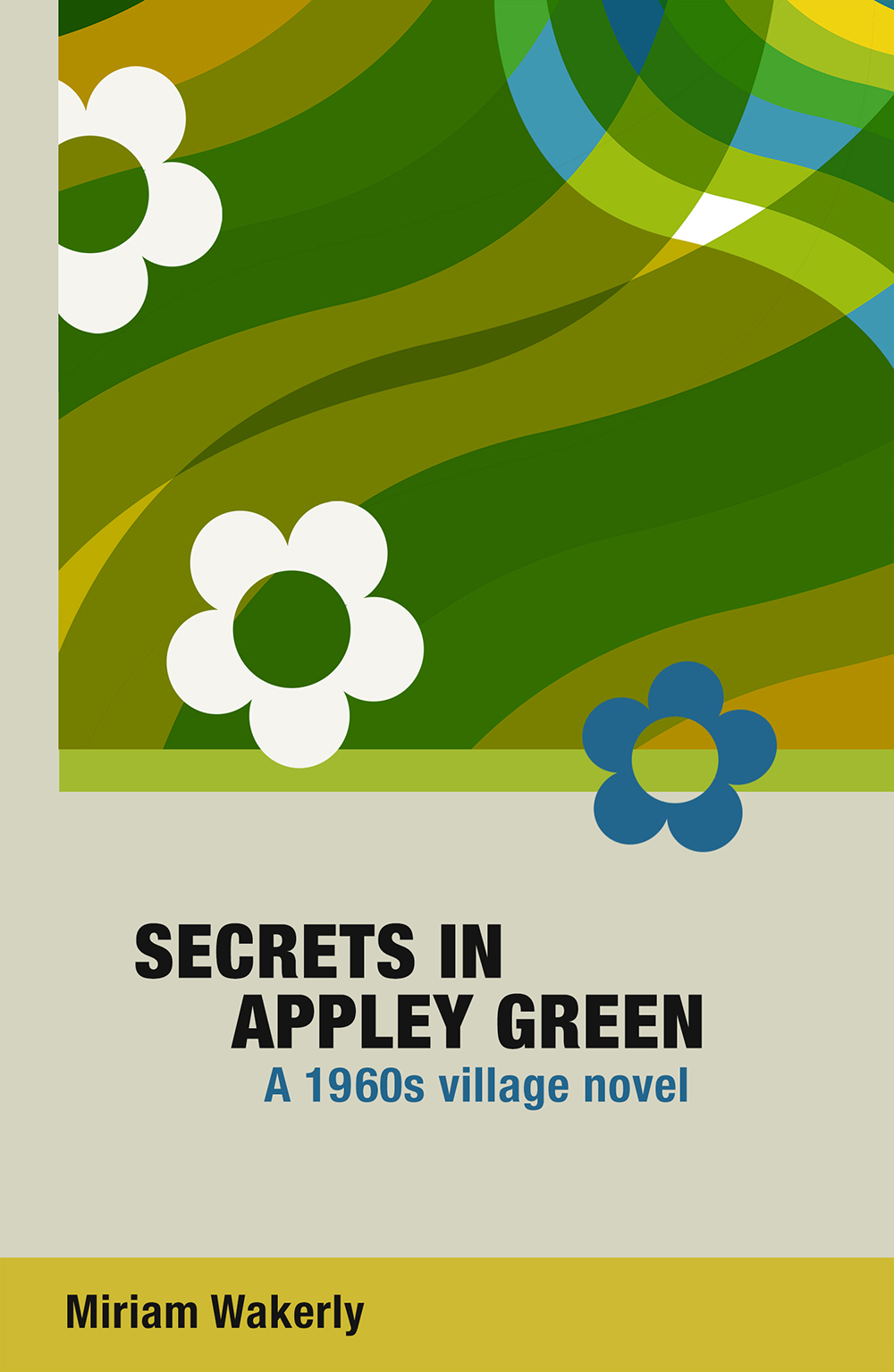High time I
wrote something here so – what comes to mind?
First off, Happy
New Year to you! Never before can I remember such a start to a year, when we as
a nation hardly know what to wish for any more. For Parliament to have broken up
for their Christmas recess has left us with the biggest, most complex end of chapter cliffhanger - and who knows how this
political saga will unravel?
Closer to
home - for me at least – I thought I’d just drop you a note about an article I
wrote for the January issue of Surrey Life. It has been in the shops since around 20
January and can still be found in Waitrose and a few other discerning Surrey
shops Or, you can subscribe online.
You may
know I used to write a regular column for the magazine on people who breathe life
into villages and help to bring small communities together – separate incidentally,
from the Surrey Community Heroes awards where achievements are slightly
different. It was a fabulous theme for me, getting out and about unearthing
and helping to acknowledge salt of the earth types, some of whom have indeed gone
on to gain further recognition and awards. You can find all of these in the Surrey Life archives under the title Notes
from a Small Village.
I guess it
ran its course and after a couple of years this wound up but then I was able to
pitch for longer features. I wrote an article on Surrey choirs in August which
made quite a splash on the pages.
 |
| The Tardis comes to mind - inside, the cabaret suite is HUGE! |
The one in
January is about Lakeside Complex in Frimley Green and the life and times of
its founder and owner, Bob Potter OBE, who has just celebrated his 90 birthday. I won’t tell you what this is about exactly as this would spoil what
holds a few surprises for the average reader. Need I say more?
Just this -
it was tricky to write because of the timing. Bob Potter and his team were
waiting to hear from the British Darts Organisation for confirmation that they
would be hosting the January 2019 championship – as it has for the past 33 years.
For legal and contractual reasons to do with TV coverage they were prevented from talking to me until
word was officially out and up on their website.
The editor
only wanted the article to go into January issue if they had this Darts contract
to give it a topical hook. After a few
failed interviews, where people did not materialise – which at the time I could not quite
understand – I saw Bob the day before the editor's deadline date. By this time I had virtually written the article!!
Anyway, it
all turned out OK in the end – so I hope you enjoy reading it, especially those
who live in the area. My husband and I,
and son who happened to be visiting, were invited to attend a show – which was
Anita Harris. It was a class act – with excellent supporting musicians. The
only sad thing was that there were so few people in the audience. I hope next
time I go there will be more of a crowd – this club that had its heyday in the
1980s still has a lot to offer. For me – within walking distance. How could I
have missed it all these years? I could kick myself!
Coincidentally
there is an article in Surrey Life on Anita Harris.
By another strange
and most unlikely coincidence, in early December my husband and I were on the
cabaret stage where so many big stars of yesteryear have trodden the boards,
performing 16 songs with Camberley Rock Choir. Supported
by family and friends of a large choir this had a better attendance!
I do hope
more people will delve into the Lakeside programme and perhaps find an event
that might tempt them to get a table together with friends for a night out in
the village!


















